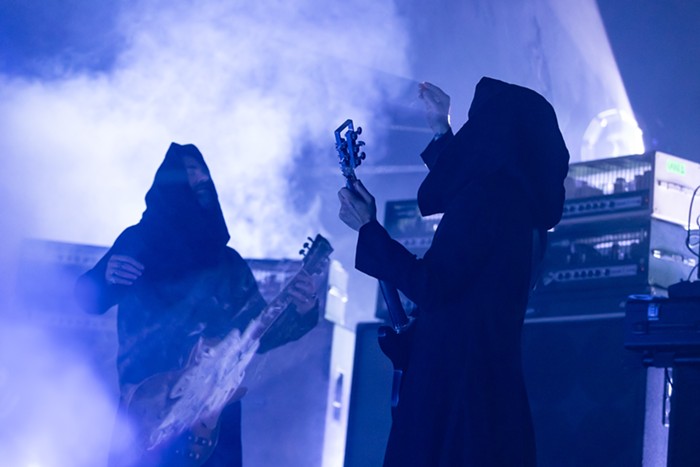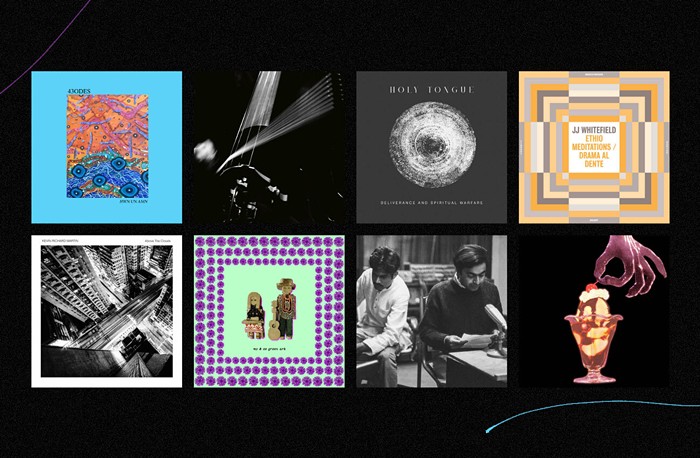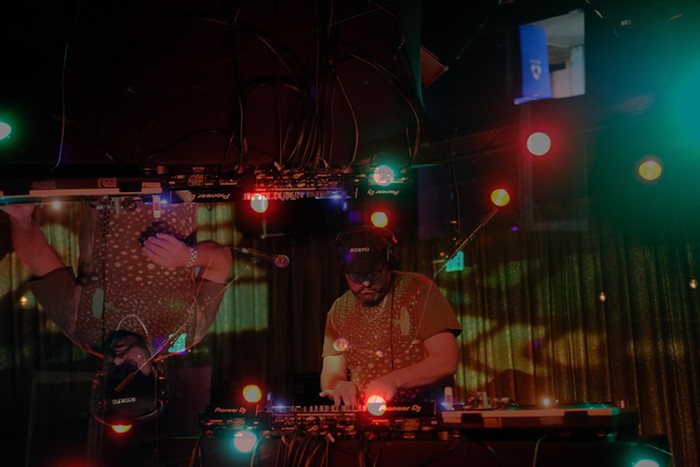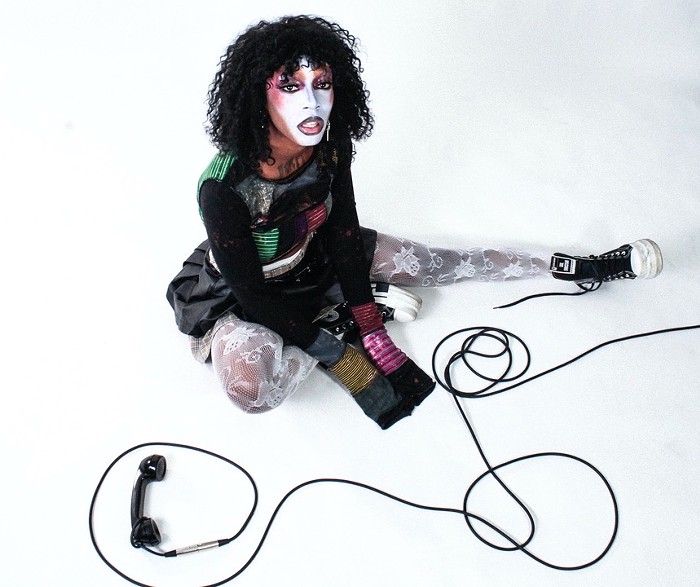
Joanna Newsom's new song, "Sapokanikan," arrived this week, along with a video directed by Paul Thomas Anderson, and the news that her latest album, Divers, will be out on October 23. Newsom is a divisive artist—equally revered and reviled for her unconventional, outsidery art (though this song and its accompanying video are both totally accessible). Speaking of divisive: Just below the video embed, Stranger Books Editor Rich Smith and Stranger Music Editor Sean Nelson discuss Newsom's voice, what they think "Sapokanikan" is about, and weightier matters such as gentrification and genocide, while continuing their ongoing debate about which of them is the cleverest boy in the room.
RICH SMITH: The most distinctive quality about Joanna Newsom is her voice. In interviews she’s called it untamable, says it has a mind of its own. On her last album, Have One on Me, partly due to surgery, she traded her nasally squeaks for a flat, Billie Holliday croon. But at the end of this new song, it seems like she’s auditioning for a part in La Bohème. How operatic!
SEAN NELSON: Yes, distinctive, but Newsom’s voice is also what keeps me from ever actually taking pleasure in her music. I don’t mean that as a criticism. Voices are just that way: You like them or you don’t. I believe her when she says it’s untamable, but singers make choices every time they draw breath—holding out those long vowel sounds (“otheeeeeeer daughters”) is not an accident of fate. Still, this is probably the first JN song I have ever actually enjoyed, as opposed to admired. There’s quite a bit of Joni Mitchell influence in the arrangement, which I haven’t noticed in her work before—the way the piano arpeggios morph into other instruments, that weird suspended Joni chord midway through, the totally Joni bank of self-harmonies—though Newsom's vocal tone is totally different from Mitchell's.
I suppose I should also admit that I have listened to the song and watched the video about six times in a row. Hmmm. Does this mean I have to go back and listen to my copy of Ys again?
RS: Yes! *puts on collared cape and starts skipping through NYC* It dooooooeeeesssss. There are moments in “Sawdust & Diamonds” from that album where her vocal choices interact with the lyrics in those idiosyncratic ways that you mention liking. Midway through, the harp drops from a gallop to a trot as her voice shifts from a constant tremble to a fuller, surer bellow. Sometimes her vocal choices align with and reinforce the lyric, as when her voice breaks just before she sings the word “break,” but sometimes they artfully work against the word’s sense to introduce sad ironies. If you had to go back to any Joanna Newsom, I’d bring over my Have One on Me record and annoyingly and pedantically point out similar instances until you threw me out the window.
But out with the old. This new song is called "Sapokanikan." What’s that?
SN: According to the Greenwich Village Society for Historic Preservation, “Sapokanican" was the original name of the land that would later be called Greenwich Village. Before the Dutch arrived in 1624, the land was occupied by the Lenape, who used to cultivate tobacco and fish for trout in the marsh that is now downtown NYC. Though Newsom's lyrics become a little lugubrious as the song moves on (and the very good harmonies sensibly take over), the references to “Ozymandias” that bookend the song— “Ozymandian” and “look and despair”—and the references to “marrrrble and steeeeeel” and “Tammany Hall,” plus the video’s setting, leads me to believe this song might be a response to people complaining about the gentrification of lower Manhattan. It seems to be pleading the case, however discursively, that if you’re going to complain about THAT, you may as well get serious and deal with the real savagery on which all Western cities are built. The GVSHP also estimates that only 200 Lenape were left in Manhattan by 1700.
This theory inclines me toward liking the song, or at least admiring its intentions, even as my inner language enthusiast balks at the “Ozymandian”/“Sapokanikan” assonance it opens with. I love the absurdism of unwieldy words in songs, but that particular couplet is like a giant vitamin that didn't quite make it down the esophagus, and now just it's sort of lodged there, dissolving.
(Oh yeah: The use of natural and reflected light in Paul Thomas Anderson's gorgeous video further reinforces my sense that this is a song about empire, and colonial encroachment on the natural world.)
RS: I cringed a little at the "Ozymandian" / "Sapokanikan" rhyme, too. But reading the lyrics now I realize she’s just doing that literary, language-enacting-the-concern-of-the-song thing again. Texturally-speaking, "Ozymandian" and "Sapokanikan" are rough words, big mountains in the mouth. The next lines smooth out both in rhythm and in rhyme, just like the “powerful hand” that sands and bevels the land.
I love that video, too, for the reasons you say, but also for the way she handles irony. By dressing up like a brownstone-dweller and skipping through town, she seems to imply that her song is participating in the critique she’s leveling at those who critique gentrification. Her song’s not going to return the land to the Lenape, and she knows it. The conclusion of the video speaks to that idea, too.
SN: With a Bank of America right there in the background.
RS: The visual chaos of emergency sirens combines with the sonic chaos of her voice and nearly engulfs her figure entirely. She’s overwhelmed by the immensity of the situation. She can’t do anything, really, but look and despair.
SN: And disappear.
RS: So, I'll see you in line at the store when Divers comes out on October 23?
SN: I’m so glad we finally agree on something!



















